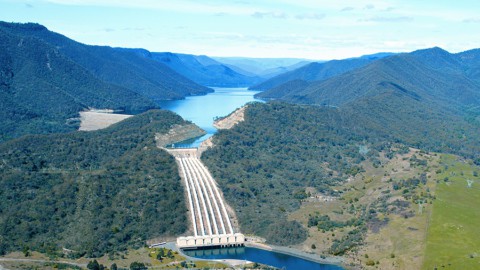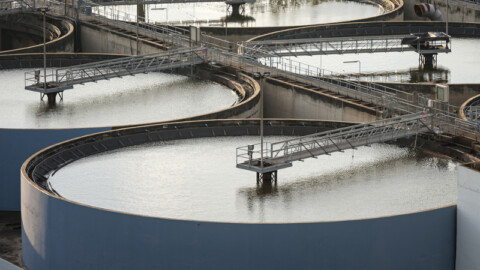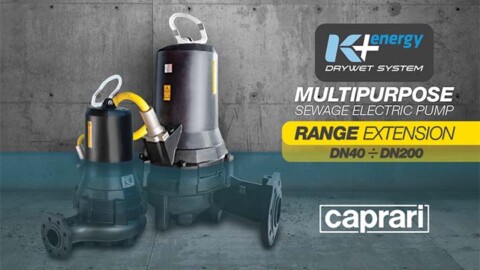Submersible wastewater pumps are an integral part of efficiently transporting sewage from one station to another in urban areas, with the sewage eventually ending up at a sewage treatment plant (STP) ready for processing.
These workhorses are out of sight, out of mind and situated all over towns and suburbs at regular intervals to accommodate mains sewage collection. There can be many hundreds to thousands of submersible pumps that a large council or water authority can be responsible for.
Anyone that has been in the industry for any length of time will know that it is not all smooth sailing with pumps. Sometimes, when things go wrong, it can result in a spectacular and unwanted overflow event that no one wants to experience.
Typically, these overflow events result in a biologically hazardous, unsightly and pungent situation which must be cleaned up as quickly as possible to prevent any contamination of sensitive biological habitations such as seas, rivers, creeks, private properties and public areas.
Events such as these will not only cause hazardous environments to become a reality, they are also very expensive to fix, which is why it is important to have a monitoring system in place that not only knows when such an incident has occurred, but may also be able to prevent the event occurring in the first place.
It is quite normal that the sewage well column level has to be kept over the height of the pump to affect cooling of the pump sets and to stop cavitation, so at no time can you actually hear or even see the pumps.
There are two main reasons why submersible pump sets breakdown. One is bearing and seal failure and the other is ragging or choking events, with the latter being extremely common.
- Bearing faults normally take place over a long period of time, but it is also dependent on the number of peak events where pumps ingest foreign materials
- Ragging and choking events are possible at any time. All it takes is for someone to flush something down a toilet
The list of articles that can be found inside these pump sets after these events, if it wasn’t so serious can be quite comical. The standard articles apart from the norm are towels, underwear, sleeping attire and partially full plastic bags through to false teeth, and from our last account, a full can of tuna was even found.
If you ask any service technician looking after their fleet of pumps, all of them without exception will have stories about what they have found in the pump sets. All these articles can lead to serious damage and even stall the pumps, that is why ifm has created a system to monitor submersible pump systems.
How is it possible to get conditional data of the pump set’s condition? Permanent on-line vibration monitoring, in addition to other methods currently used that determine a pump’s status, for example flow quality. A high IP rated accelerometer, either mounted internally or externally to the pump set and connected to ifm’s on-line diagnostic vibration monitor could well have exceptional results in collecting crucial data for adding into your systems network.
Data collection is valuable and important for monitoring and trending the system. Some pumps are even fitted with reversing modules to try to eject the foreign objects that affect your system. By utilising the vibration monitoring system, you can view these events and the corresponding results to see whether the pump’s path has been cleared or not, making it an extremely useful tool for pump monitoring.
ifm has software that will enable the users to utilise the information more efficiently. It can be viewed on your PC, a phone or tablet, allowing you to visualise and track the operating condition of your pumps, especially when something out of the ordinary occurs.
The program can be instructed to send an alarm either as an SMS or an email to the people that you most want to know that an event has occurred. The alarm condition can be opened to see what caused the event, including the option of a graphic that offers a snapshot of the offending monitored object in trend form, along with its amplitude. A link will be sent for the client to open and will take the user directly to the alarm page whereby they can see what led to the alarm condition. It is even possible to record spectral waveforms at the initial start of the alarm for review.
ifm’s submersible solution highlights these conditions, so a team can be sent to correct and rectify the offending event, before it turns into a major problem. The system can also run totally independent of any other control system or can be incorporated into your existing Scada or PLC system. The choice is yours to make and ifm offers this flexibility to suit the needs of your organisation.
This sponsored editorial was brought to you by ifm. For more information, visit www.ifm.com/au/en.



















